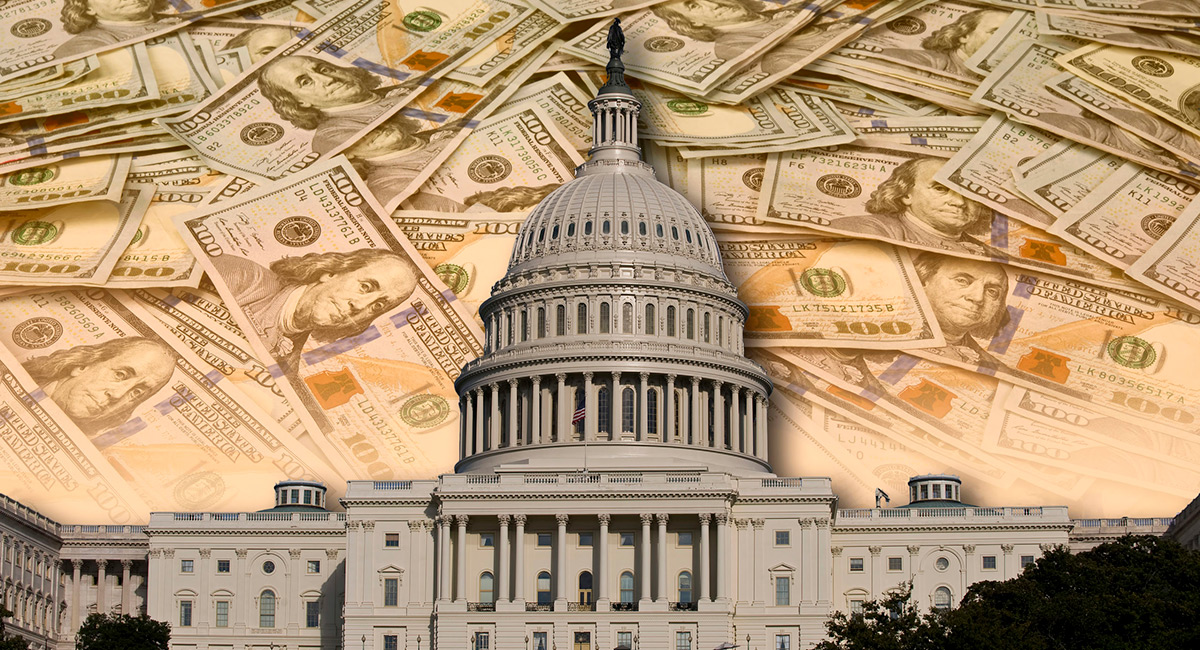About a decade ago, the 112th Congress ended the practice of budget earmarks, legislation passed to benefit a single beneficiary, included in appropriations bills. That was widely heralded as a step for good governance. Earmarks are awards made without objective outside vetting, rewarding those in Congress with the most pull or organizations with the best lobbyists, with merit playing virtually no role in grant dispersal. Earmarks were widely decried as an incumbent protection device, the use of taxpayer dollars to support further entrenching members of Congress, typically members of House or Senate appropriations committees. To be sure, some scholars think earmarks more clearly tie the political process to the will of the people and even serve their needs better than so-called merit based grant selections made by non-elected bureaucrats. But earmarks were clearly much more popular with incumbent members of Congress than with students of American government or even the general public.
Alas, the no-earmark era not liked by incumbent legislators could not last forever, so Congress, led first by the House of Representatives, restored them this year. According to Inside Higher Ed, the House has okayed some 228 earmarks for universities, sponsored by 178 House members, 126 of them Democrats, 52 Republicans. Some particularly well connected members got multiple projects included, but a sizable majority (over 250 congressional districts) were left out in the cold. All told $272 million is involved, and it is hard to believe that after Senate action the numbers won’t grow as Senatorial lust for gravy probably about equals that in the House.
The schools so far designated to likely receive awards literally go from “A” to “Y.” First, alphabetically, is Adrian College in Michigan, slated to get $300,000 for a “shared majors partnership program,” whatever that is, sponsored by Republican Tim Walberg. Last, alphabetically, is York College of the City University of New York, which got two awards thanks to Democratic Rep. Gregory Meeks, one for $2 million for a “health disparities” initiative, the other for $525,000 for workforce development programs.
I think one could legitimately question whether government assistance to universities should be administered largely through the federal government. Our uniquely American system of higher education is made up of literally thousands of universities, and 50 systems at the state level. Federalism permits experimentation, different approaches to providing education, allowing for the “laboratory of democracy” that Supreme Court Justice Louis Brandeis so clearly articulated. Therefore, an alternative approach would be for the federal government to provide grants to the states based on college enrollments, and then state higher education authorities would distribute funds to specific institutions, since people with more local knowledge of circumstances of schools might make better allocations. Block grants to the states based on enrollments would switch allocation decisions to individuals with better insight into local conditions.
Another issue that largely gets ignored is the track record of schools in utilizing government subsidies. How do students do at schools getting big governmental grants compared to ones getting little or nothing? Shouldn’t there be some sort of minimum performance standards? Shouldn’t schools with poor performance with previous grants be penalized for that? In short, shouldn’t schools have “skin in the game?”
Other issues arise as well. Should grants go to so-called “private” schools as well as public institutions? Is the “public” vs. “private” designation really a bit archaic considering that so-called “private” schools often receive vast amounts of federal funds for research as well as tax breaks that are especially advantageous for them? Schools like Hillsdale College that are truly “private” in that they do not receive any federal monies directly or indirectly are rarities.
Moreover, there is a broader macroeconomic issue: can the United States, running multi-trillion dollar federal budget deficits approximating 5 to now even more than 10 % or so of our national output in a period of prosperity, afford earmarks. Already inflation is skyrocketing. Even traditional Keynesian economic analysis would call for dampening “aggregate demand” by lowering government expenditure in inflationary times like these. Don’t tried and true economic verities no longer apply? I personally think they probably do. But don’t hold your breath: earmarks are politically popular in the short run, and in the long run we are all dead.













